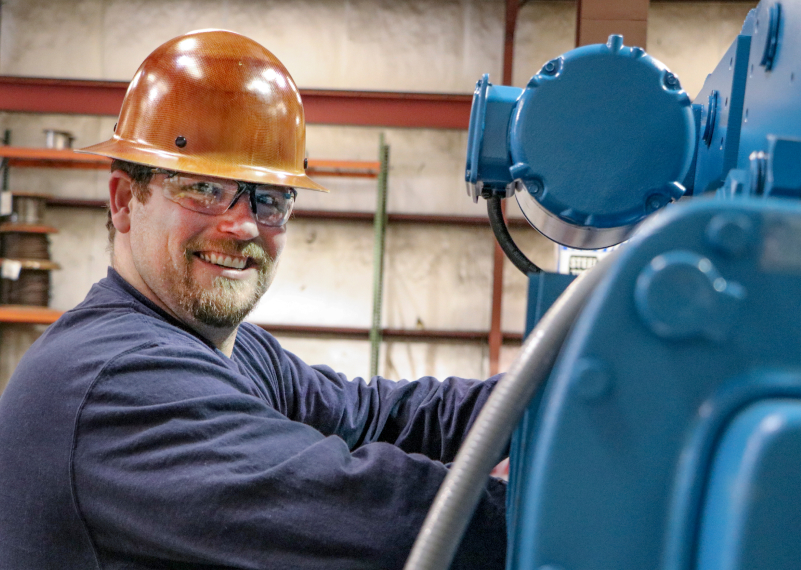GET TO KNOW YOUR LOCAL ACE TEAM
At Ace, we’ve been providing excellence in customer care for over 90 years. At the heart of our success is our experienced staff. A coast-to-coast team of qualified, highly trained technicians are on stand-by 24/7 to restore your material handling equipment to peak performance. We have a reputation for fast, reliable service at reasonable rates.
Each local branch works with the goal of exceeding your expectations. We do that not only through our expertise but also by treating your business as if it were our own. Ace techncians respect your time, respect your budget and respect your business needs. Get to know your local Ace team, they look forward to solving all your crane problems!
We understand how important having consistent, reliable lifting equipment is for your operations. Unplanned downtime from mechanical failure can create enormous cost, delay in production, loss of time and safety hazards to employees. Between the agility of our emergency staff and the experience of our technicians, our customers receive a turnkey crisis plan in just one call (800) 733-2231. Check our coverage map for service in your area.
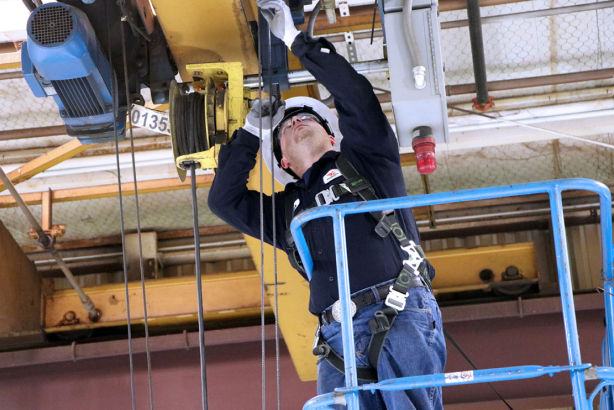
what you can expect from your overhead crane technician
Ace technicians aim to provide the best possible crane service, while making your schedule and safety our top priority. When you call for an Ace crane technician, they show up ready to work and equipped with modern, cost-effective tools to ensure timely project completion. It is our policy to remain transparent in all our customer dealings. Our staff does not work on commission, need to fill a quota or peddle OEM parts, so you’ll get direct actionable feedback you can trust on inspections and repair calls.
Inspections are not crane police calls! We want to be sure your crane and other material handling equipment operates in accordance with all governing body regulations such as OSHA and ANSI.
Our technicians are some of the most experienced and technical professionals in the business and Ace takes pride in their outstanding performance quality. We are certain that you cannot be served better than by letting us serve you.
start with a crane inspection or repair
No matter how large or small your issue is, we’re here to ensure your experience with us is easy, efficient, and completely effective. We’d love your repeat business!
Have questions? Call and speak with a knowledgable Ace representative or start your customer journey by scheduling an inspection or repair!
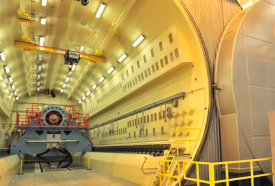
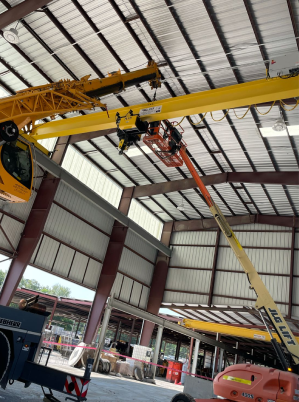
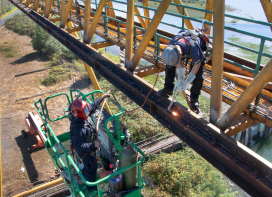
“WE ARE EXTREMELY SATISFIED WITH ACE AS
OUR SOLE SUPPLIER OF CRANE COMMODITIES.
THEY HAVE EXCELLENT TECHNICAL KNOWLEDGE,
TIMELY RESPONSE TIMES, COMPETITIVE
PRICING AND A COMMITMENT TO SAFETY TO
PROTECT OUR EMPLOYEES.”
—W.F., PETRO-CHEM
INDUSTRY MANAGER
Learn how we serve your industry
No job is too big or too small for our technical team, you get the same attentive and personalized service all Ace customers know and trust. From small family-owned businesses to large industrial complexes with hazardous material safety requirements, our experience spans all sectors of industry and includes, but is not limited to:
Have questions about how Ace Field Service can optimize your material handling equipment? We’re here to help. Ace offers overhead crane maintenance and repair solutions tailored to your ever-changing business needs. Need to schedule an appointment or just ask our expert staff pre-purchase or technical advice? Call today, we’re waiting to hear from you! (800) 733-2231 or email us at sales@aceindustries.com.
Disclaimer—Ace Industries protects the rights of our customers and honors their non-disclosure requests to withhold name of company and employee for case studies, direct quotes and testimonials on aceindustries.com. Initials and job titles used for identification reference only.

